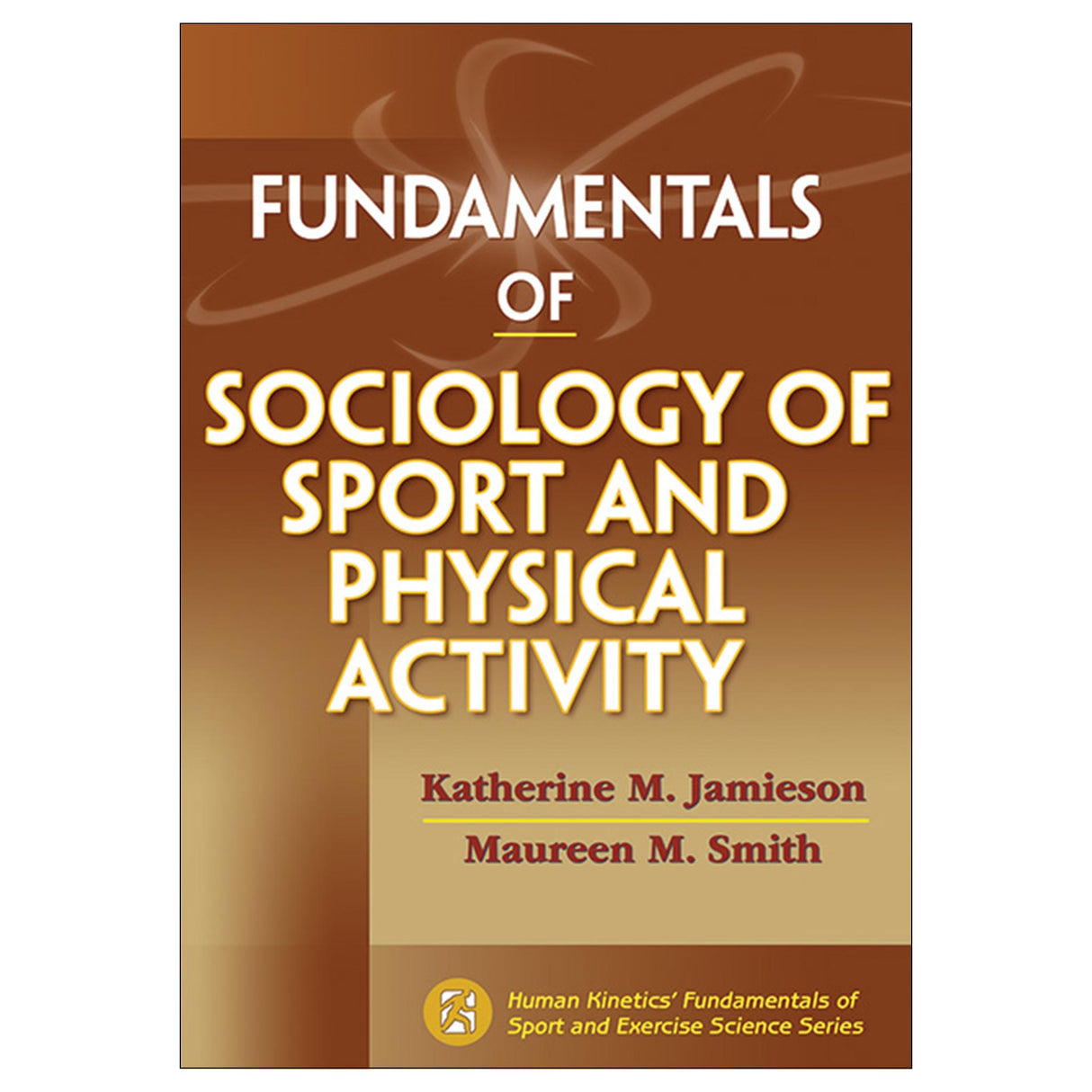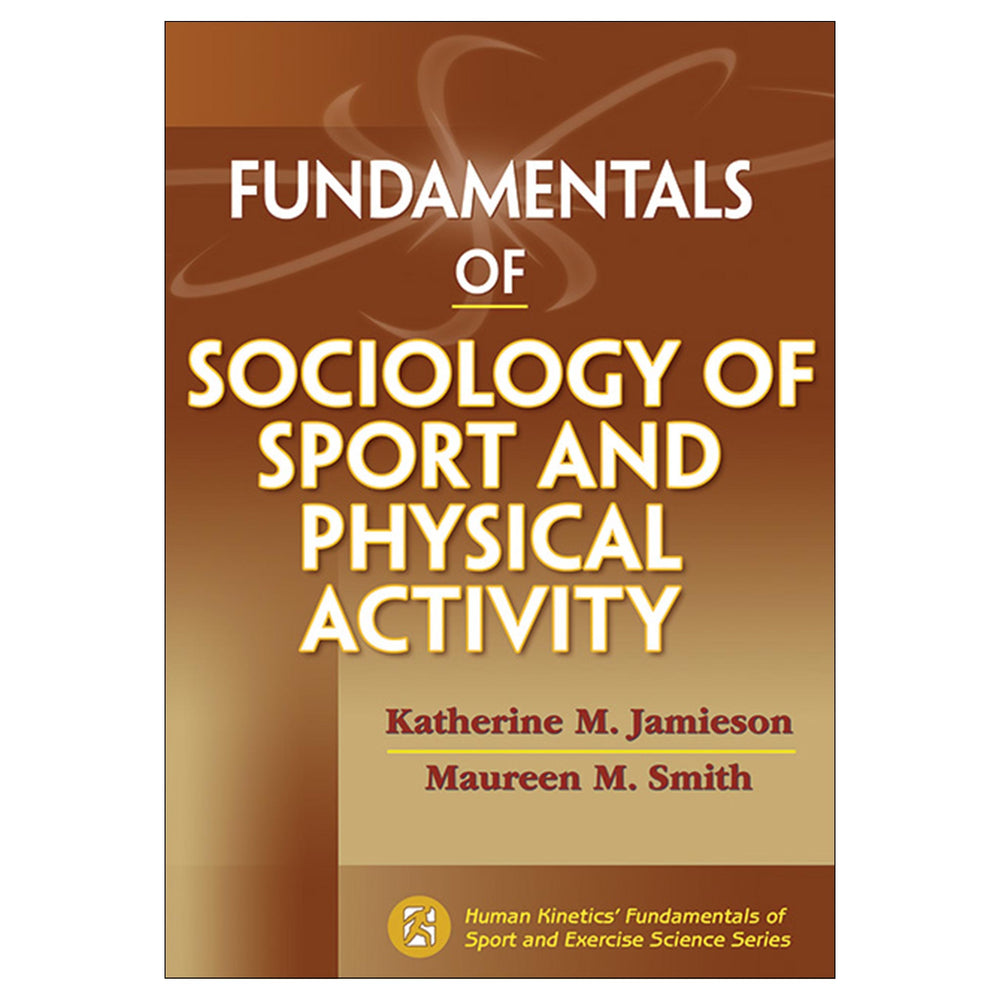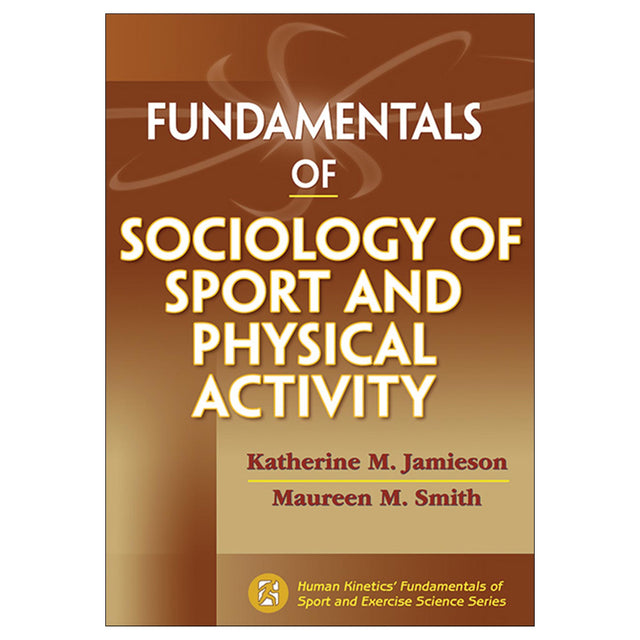Fundamentals of Sociology of Sport and Physical Activity PDF
$41.95 CAD
Access Duration: 10 Years
Fundamentals of Sociology of Sport and Physical Activity presents information on sociology of sport to prepare readers for advanced study or practice in the field. A quick professional reference and an excellent resource for students, this text offers insights into this exciting field, explores the impact of sport in society, and examines careers in sport and physical activity that can benefit from sociological insights.
Written by a team with experience in both academia and community-based sport leadership, Fundamentals of Sociology of Sport and Physical Activity introduces readers to some of the common and ongoing sociocultural questions in this field, including those of equity in gender and race, participation across areas, prominent cultural values and messages as portrayed by mass media, youth development, and sport for peace and development. The book demonstrates how those questions and ideas can be applied and used by a variety of professionals, explains some of the essential components of professional preparation, and suggests some potential paths to employment.
The text includes several learning features to keep readers engaged and focused:
• Success Story segments profile researchers and professionals using sociological insight in beneficial ways, showing readers content applications and career opportunities.
• Using Your Sociological Imagination sidebars illuminate how a sociological lens can transform the way a reader looks at sport in society
• Time Capsule sidebars present historical information and interesting facts about events and sport movements that have made lasting impacts on society.
The text is divided into two parts and begins with a discussion of the origin of the social and cultural analysis of physical activity. Part I details the development of the field and its professional organizations, lists important publications, and explores opportunities for professional practice. Part II looks at common social spaces for physical activity—sport, exercise, and school—and examines them from a sociological viewpoint. By presenting an overview of the areas involved in the sociology of sport, the text allows readers to focus their efforts to prepare for further study, research, and career opportunities. Appendixes include a list of online and print resources for further study as well as tips on applying the principles of sociology to various positions in the sport industry. These features and resources will help build enthusiasm among readers and open their eyes to the opportunities in the field.
Concise, informative, and practical, Fundamentals of Sociology of Sport and Physical Activity addresses the academic foundations of the field for a broad audience while providing real-world examples of sociology of sport and physical activity. From global events like the Olympic Games to community events like playground games, the text highlights the many ways in which sport affects daily life and emphasizes the importance of a loving critique of those effects.
This text is part of Human Kinetics’ Fundamentals of Sport and Exercise Science series. The series helps students and professionals understand the basic topics, goals, and applications of the many subdisciplines in kinesiology. This and other books in the series provide a solid grounding that readers can use as a jumping-off point for further study.
Part I. Introduction to the Sociology of Sport and Physical Activity
Chapter 1. What Is Sociology of Sport and Physical Activity?
Sport and Physical Activity as Cultural Context
Origins and Key Movements
Functions of Sociology of Sport and Physical Activity
Goals of the Field
The Short of It
Chapter 2. What Can I Do With Sociology of Sport and Physical Activity?
Advocates for Ethical and Humane Sports and Physical Activity
Allied Professionals in the Sociology of Sport and Physical Activity
Academic Professionals in the Sociology of Sport and Physical Activity
Building New Sociological Knowledge in Sport and Physical Activity
Techniques for Sociological Knowledge Construction
Thinking Beyond Sport
The Short of It
Part II. Building Blocks of Sociology of Sport and Physical Activity
Chapter 3. Sport, Physical Activity, and the Major Spheres of Life
Seeing Social Life as Harmonious or Conflictual
Learning to See the Interdependence of Sport and Major Spheres of Life
The Short of It
Chapter 4. Body Projects in Sport and Physical Activity
The Physical Body as Cultural Artifact
Sociologists See Governing Structures for Embodiment and Body Projects
The Short of It
Chapter 5. Diversity, Difference, and Power in Sport and Physical Activity
Sport, Physical Activity, and Social Stratification
Systems of Power Are Not Individual Identities
Social Conditions Versus Individual Identities
The Short of It
Chapter 6. Sport and Physical Activity in National and International Unity
Linking Sport to the Nation
Sport and Nationalism
Sport and Globalization
Corporate Nationalism
The Short of It
Chapter 7. Sport and Physical Activity in Societal Change
Types of Social Change in Sport and Physical Activity
Sport Development and Sport for Development
The Process of Social Change
Four Stages of Social Movements
Sport and Physical Activity Advance Social Change
The Short of It
Epilogue: The Future of Sociology of Sport and Physical Activity





